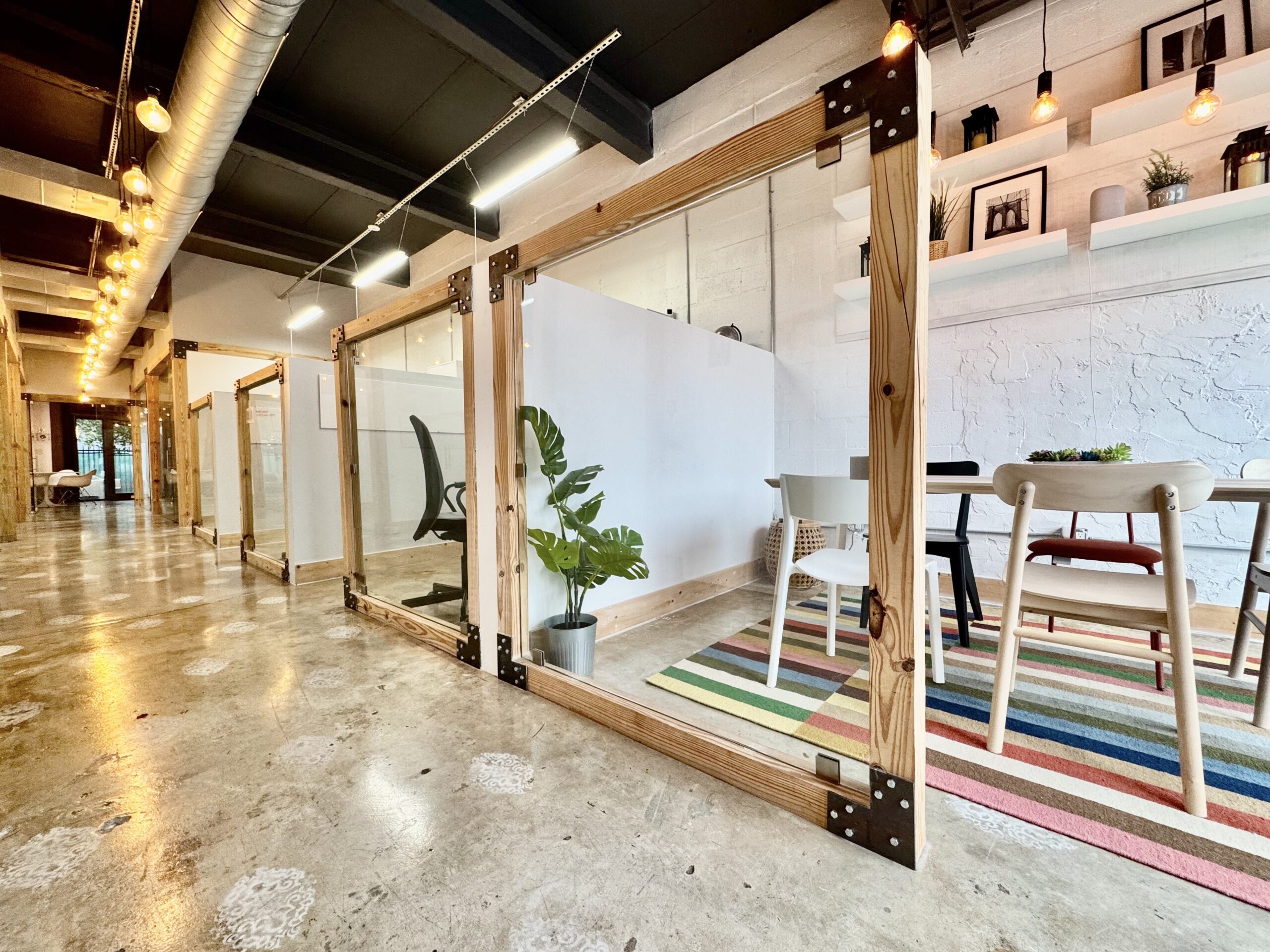Design Thinking is a powerful methodology that allows for creatively and efficiently solving complex problems. It is an essential tool for innovators, designers, and anyone seeking effective, user-centered solutions. Below, we’ll explore each of the five steps of Design Thinking in detail, including concrete examples, methods for collecting user feedback, and useful tools.
1. Empathize
The first step is to empathize with the users. This means deeply understanding their needs, desires, and problems. To achieve this, it’s crucial to observe and interview users to capture their emotions and experiences. Specific techniques include:
- In-depth interviews: Conduct detailed interviews with users to understand their experiences and emotions. For example, a tech company might interview users of an app to understand how they use it and what challenges they face.
- Direct observation: Observe users in their natural environment to capture behaviors and patterns. A product designer might watch people using a coffee maker at home to identify potential improvements.
- Empathy maps: Create diagrams that visualize what users say, think, feel, and do. A design team could use an empathy map to synthesize information gathered from various interviews and observations.
2. Define
Once you have empathized with the users, the next step is to define the problem clearly and precisely. Here, you gather and synthesize the information obtained during the empathy phase to formulate a problem statement from a user-centered perspective. A well-defined problem statement is specific, manageable, and focused on user needs. For example:
- Poorly defined problem: “We need to improve our mobile app.”
- Well-defined problem: “Our users need a faster and easier way to access their profiles on the mobile app.”
Defining the problem correctly helps focus the team’s efforts on solutions that truly matter and have a significant impact on the user experience.
3. Ideate
With the problem well-defined, it’s time to ideate possible solutions. In this phase, creativity and idea generation are encouraged without initial judgment. The goal is to explore a wide range of possibilities to find innovative solutions. Useful techniques include:
- Brainstorming: Gather a group of people and generate as many ideas as possible within a limited time, without criticizing any idea. For example, a team might brainstorm ideas for new features for a mobile app.
- Mind mapping: Create visual diagrams that connect ideas and concepts freely and associatively. This helps explore how different ideas relate to each other.
- SCAMPER: An acronym for a technique that involves Substituting, Combining, Adapting, Modifying, Putting to other uses, Eliminating, and Reorganizing elements of existing ideas. For example, a product company might use SCAMPER to innovate on the design of an existing product.
4. Prototype
The fourth step is to prototype. Here, the ideas generated in the previous phase are transformed into tangible and functional prototypes. Prototypes can range from simple sketches to more complex physical models. The key is to create something that can be interacted with and tested. Examples include:
- Sketching: Quick drawings that visualize the basic idea. For example, an interface designer might create quick sketches of different screens for an app.
- Wireframes: Low-fidelity diagrams that show the structure of an interface. They are useful for planning the layout and functionality of elements without visual distractions.
- Mockups: More detailed prototypes that include visual design. For example, a mockup of a website would show what the final design would look like.
- Physical models: Three-dimensional creations of products using materials like cardboard, clay, or 3D printers. For example, a product design team might create a physical model of a new gadget to explore its ergonomics and functionality.
5. Test
Finally, prototypes are tested with users. This phase involves collecting feedback, identifying strengths and weaknesses of the solution, and refining the prototype accordingly. The process is iterative: prototyping and testing steps are repeated until the best solution is reached. Effective methods for collecting and analyzing feedback include:
- Usability tests: Observe how users interact with the prototype and note the difficulties they encounter. For example, a software company might conduct usability tests to identify navigation issues in a new app.
- Post-test interviews: Ask users about their experience and get detailed opinions. This can provide valuable insights into specific aspects that worked well or poorly.
- Surveys: Collect quantitative feedback on specific aspects of the prototype. For example, a survey might ask users how easy it was to use a particular feature.
- Qualitative analysis: Analyze open-ended comments to identify common themes and patterns. This helps understand users’ perceptions and feelings in depth.
Additional Tools and Resources
To effectively implement Design Thinking, consider using the following tools and resources:
- Miro: An online collaborative whiteboard tool for brainstorming and idea mapping. Ideal for distributed teams needing a platform to collaborate visually.
- Figma: A design and prototyping platform. It allows teams to design, prototype, and get feedback in real-time.
- UserTesting: A service for conducting usability tests and obtaining feedback from real users. It provides a quick and efficient way to validate ideas and prototypes.
- IDEO U: Online courses on Design Thinking and other innovation methodologies. Offers expert training to deepen the practice of Design Thinking.
- MindMeister: A tool for creating collaborative mind maps. Useful for brainstorming and organizing ideas visually and structurally.
Conclusion
Design Thinking is an iterative methodology that places the user at the center of the design process. By following these five steps –empathize, define, ideate, prototype, and test– you can develop products and services that truly meet the needs of your audience. The key is to maintain an open mindset and be willing to constantly iterate to improve solutions.




